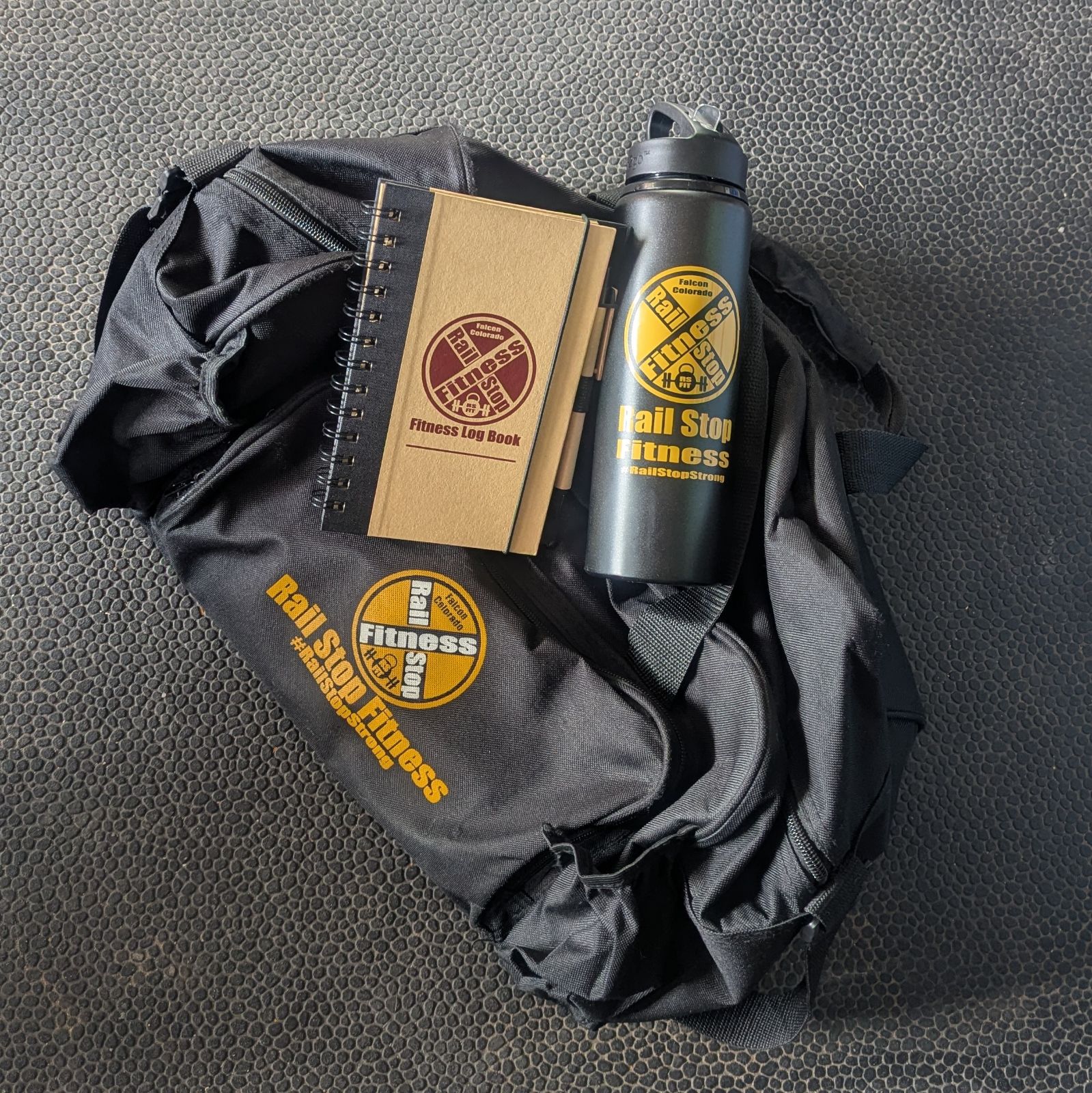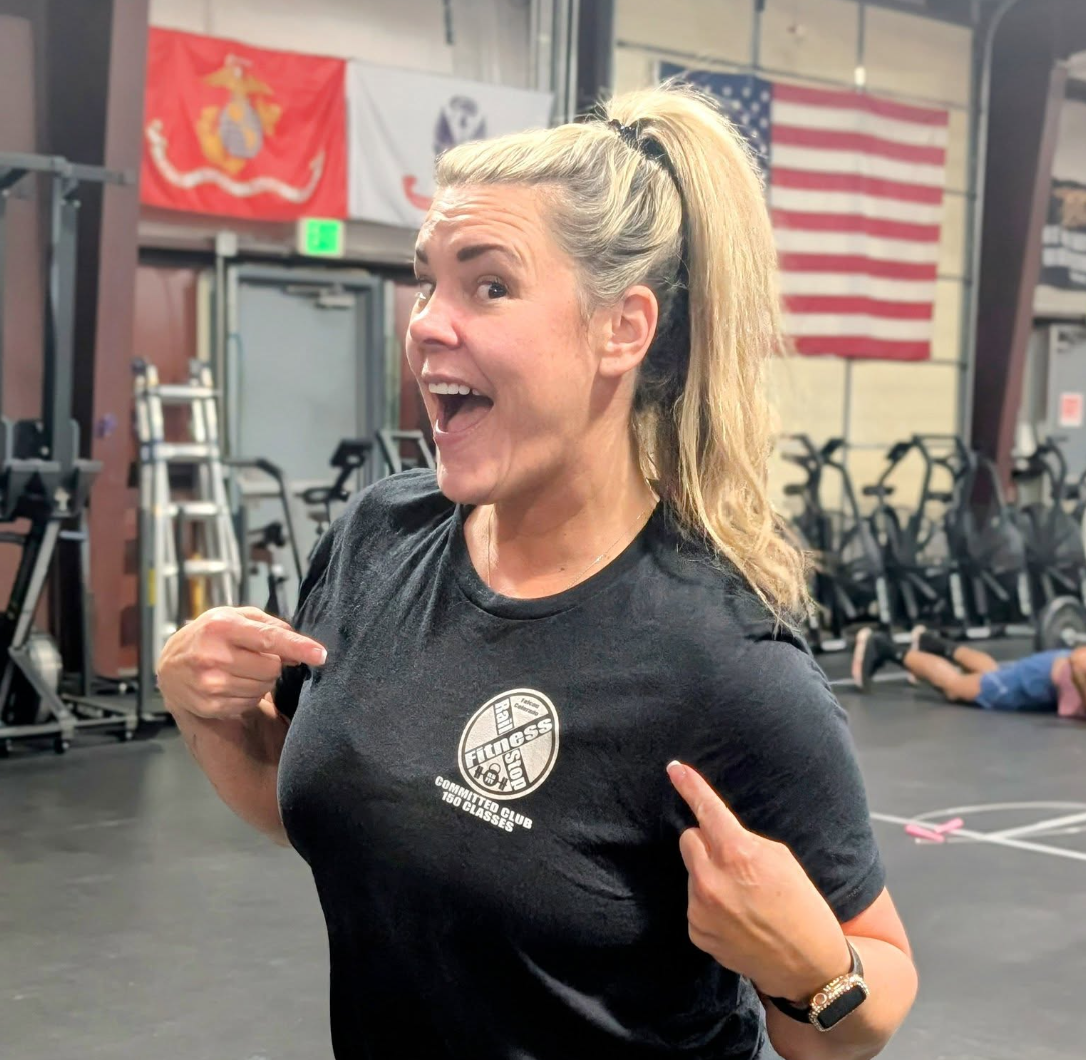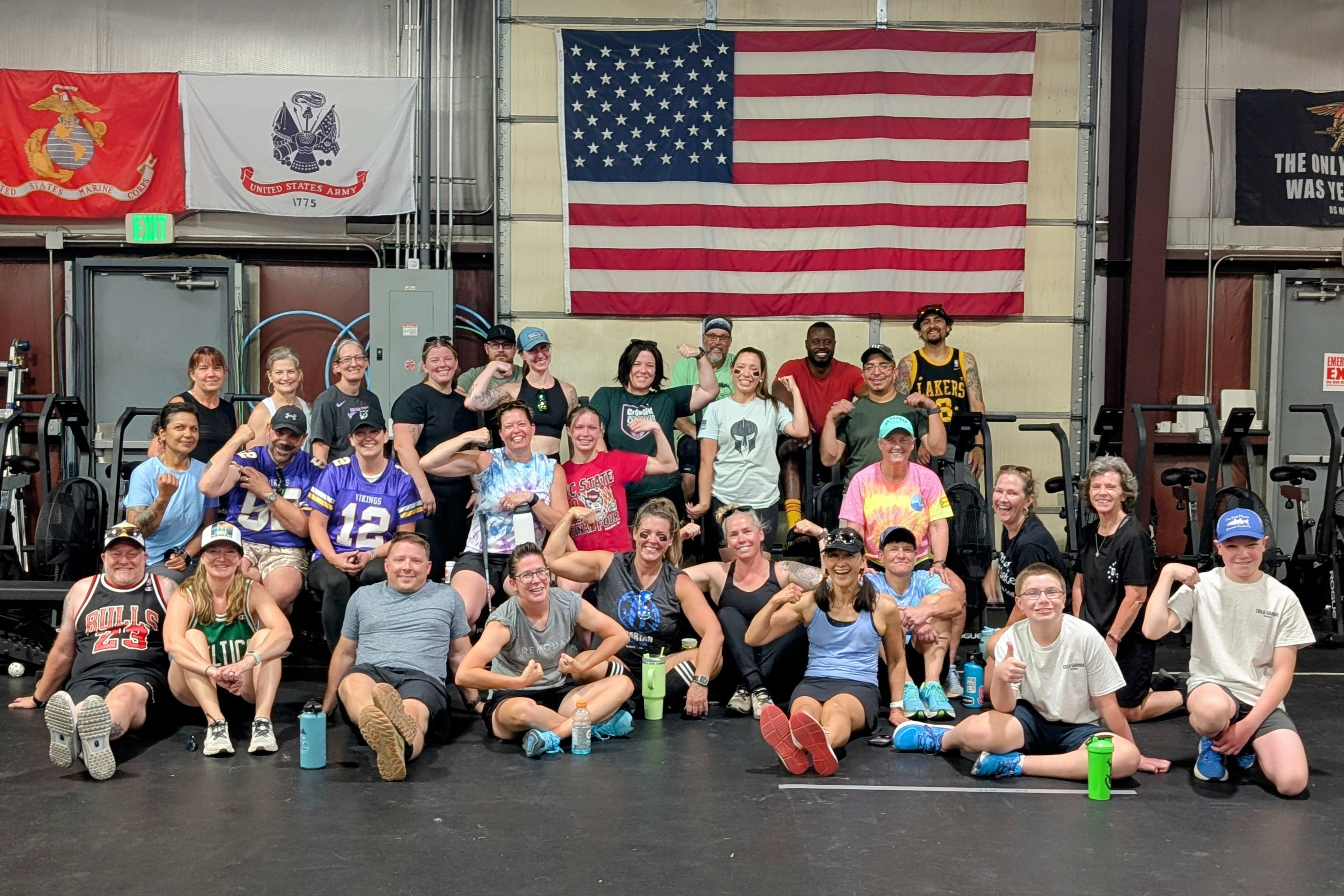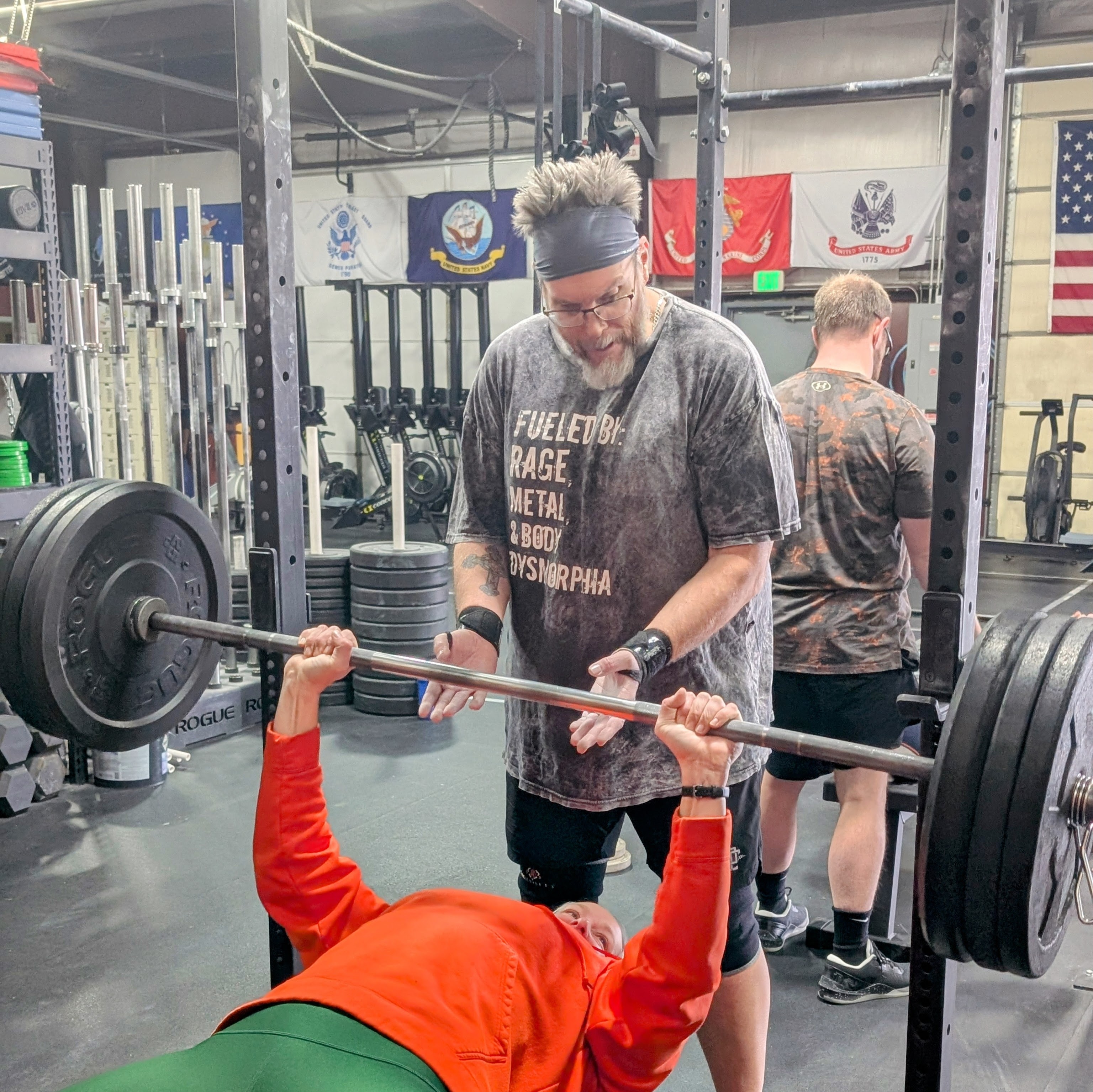

Beyond the Numbers: Why Evolving from Workout Logs to a Fitness Journal Multiplies Your Results
If you’ve been logging your workouts — the weights you lifted, the number of reps you did, the time it took you to finish — you’re already doing something incredibly important. Logging builds awareness, reinforces consistency, and gives you a measurable picture of your progress over time. It’s the foundation of smart training.
But if you stop there, you’re leaving a lot of potential on the table. Logging is about what you did. Journaling digs into how and why you did it — and those deeper insights are what help you multiply results, build longevity, and truly understand your body’s response to training.
At Rail Stop Fitness, we see this all the time: the athletes who go beyond numbers and start reflecting on their training don’t just get stronger — they get smarter. They make better decisions, recover more effectively, and stay consistent even when life gets busy. Evolving from a workout log to a fitness journal is one of the most powerful steps you can take in your training journey.
Logging: The Foundation of Progress
There’s no question that workout logging matters. It’s often the first habit we encourage members to build because it’s straightforward and effective. By writing down what you did — the exercises, sets, reps, weights, or time — you’re creating a roadmap of your work. That history lets you see how far you’ve come and ensures you’re progressively challenging yourself instead of repeating the same effort over and over.
A good workout log does a few critical things. It helps you identify trends in strength and endurance. It keeps you accountable by making your effort visible. And it gives you the data to adjust your training intelligently. When you look back at past weeks or months, you can see patterns: where you’re improving, where you’ve stalled, and where you might need to adjust.
But numbers alone can’t tell the full story of your training. They show you what happened, but not why it happened. That’s where journaling comes in.
Where Logging Is Good But Not Great
Imagine two workouts that look identical on paper: same sets, same reps, same weights. In your log, they’re the same. But in reality, they could be completely different experiences.
One might have felt smooth and strong — you were well-rested, focused, and energized. The other might have been a grind — maybe you slept poorly, were stressed from work, or didn’t eat enough beforehand. Your log won’t show those differences. It treats those two days as equal, even though your body and mind experienced them in very different ways.
That missing context matters. Without it, you might miss the reasons behind progress or setbacks. You might push harder on a day when recovery would serve you better, or underestimate your capacity because you’re only looking at the numbers. You lose the opportunity to learn from your training because you’re only capturing part of the story.
Journaling: The Evolution Beyond Logging
A fitness journal builds on your workout log by adding the why and how behind the what. It turns a list of numbers into a story about your body, your mind, and your progress over time. When you journal, you capture not just what you did, but how you felt, what affected your performance, and what you learned from the session.
A good journal entry might include your energy level, how well you slept, how motivated you felt walking into the gym, or whether stress from work or life crept into your workout. It might note how your body felt — where you felt strong, where you felt tight, where a movement felt smoother than usual. It could capture nutrition choices, recovery habits, or even mental wins like staying focused through a challenging workout.
Individually, these details may seem small. But over weeks and months, they paint a much clearer picture of how your body responds to training. They give you the context that turns raw data into meaningful insights.
How Journaling Multiplies Your Results
When you add journaling on top of logging, you give yourself the tools to make better decisions — and better decisions mean better results.
For one, journaling helps you see patterns you would otherwise miss. Maybe you notice that heavy lifting days feel better after nine hours of sleep, or that your recovery lags when work stress is high. Maybe you see that nutrition choices on training days make a noticeable difference in how you feel during conditioning workouts. These aren’t details you’d ever get from a workout log alone.
With those insights, you can start adjusting your approach proactively. Instead of guessing why progress stalled, you’ll know. Instead of blindly pushing harder, you can adapt based on what your body is telling you. Over time, that leads to smarter training, fewer setbacks, and more consistent improvement.
Journaling also deepens your connection to your training. It transforms workouts from isolated events into part of a bigger picture. When you reflect on what went well, where you struggled, and how you responded, you become an active participant in your progress — not just someone checking off workouts. That mindset shift builds motivation and resilience, especially when progress feels slow.
And perhaps most importantly, journaling helps you celebrate small wins you might otherwise overlook. Maybe you moved more smoothly through a movement that used to feel awkward, or you stayed focused through a tough workout on a stressful day. Those moments build momentum, and a journal helps you see and appreciate them.
How to Start Journaling Without Overcomplicating It
One reason many athletes skip journaling is that it feels like “one more thing” to do. But it doesn’t need to be complicated. A few sentences or even quick notes are often enough to capture valuable insights.
Start by writing down three things after each workout:
- How you felt going in – your energy, mood, and motivation.
- How the workout felt – what felt strong, what felt off, what surprised you.
- What you learned or noticed – anything you want to remember or adjust for next time.
That’s it. Over time, those quick notes will add up to a powerful record of your training experience — one that tells a much richer story than numbers alone ever could.
Awareness Is the Next Level of Training
Logging your workouts is valuable — it’s the foundation of progress. But if you want to take your results to the next level, evolve beyond the log. By adding journaling to your routine, you shift from just doing workouts to truly understanding them. You learn how your body responds, how your lifestyle affects performance, and how small changes can add up to big results.
At Rail Stop Fitness, we believe fitness is about more than checking workouts off a list. It’s about building awareness, resilience, and the strength to live the life you want. Journaling is one of the simplest and most effective ways to build that awareness — and once you start, you’ll wonder how you ever trained without it.
Ready to Take the Next Step?
If you’re ready to go beyond the numbers and start training with more intention, we’re here to help. At Rail Stop Fitness, our coaching and community are built around helping you understand not just what to do in the gym, but why it matters — and how to make it work for your life.
Come train with us and discover how much more powerful your results can be when you combine action with awareness.





